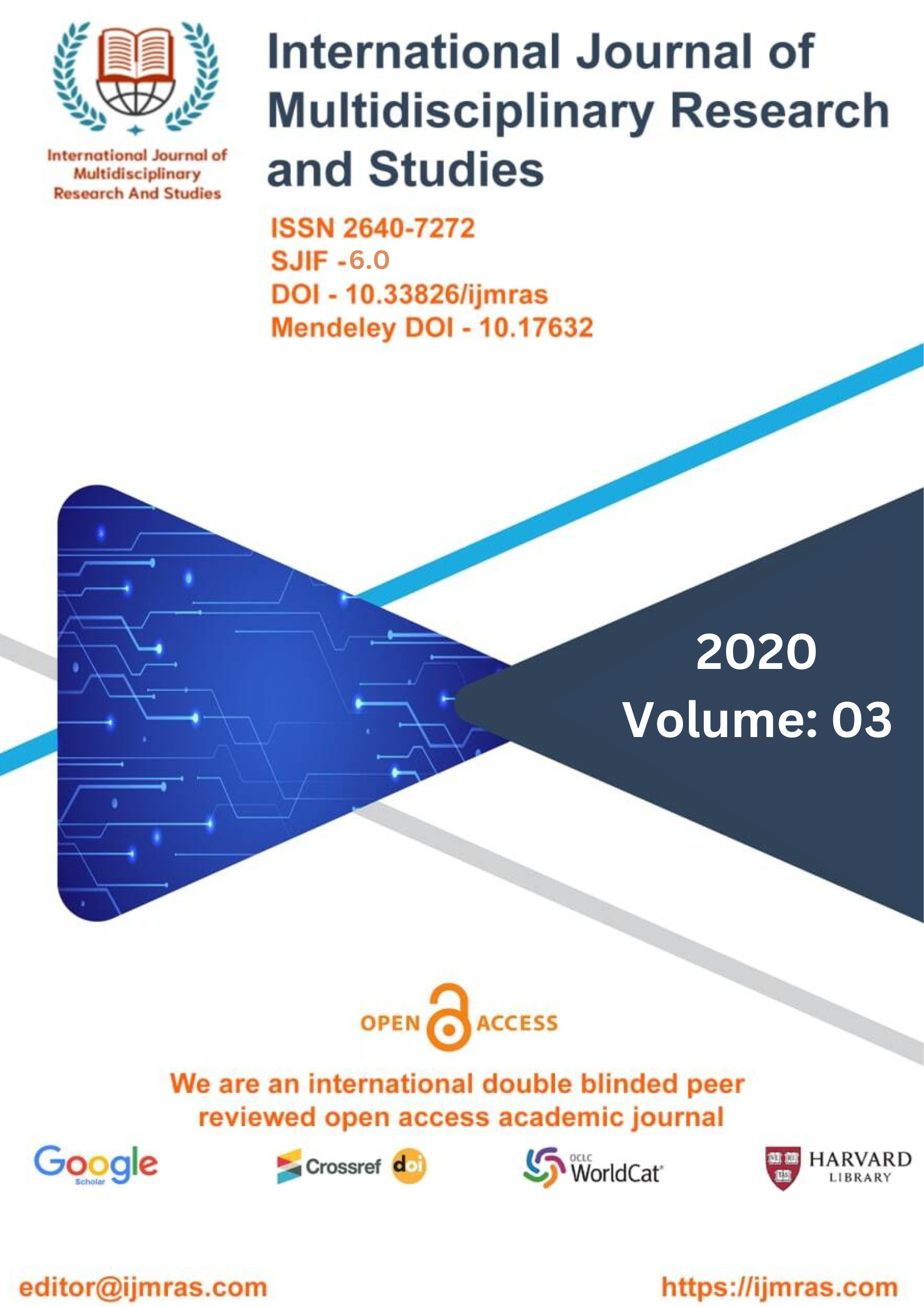SPOROZOANS AS CAUSATIVE AGENTS OF PROTOZOAL DISEASE

Abstract
Several species are classified as commensals, which implies that they do not normally do any harm to the host, whereas other species are considered pathogens and often cause sickness. Infections caused by protozoa may range from being absolutely innocuous to being lethal. Individuals whose immune systems can keep a parasite infection under control but not totally eliminate it are considered to be carriers of the illness and may transfer it on to other people. As eradication would reduce the individual's immunity to the parasite and result in a significant risk of reinfection, well-tolerated infections that occur in geographic regions with a high frequency are frequently not treated to eliminate the parasite. This is done because of the high frequency.As there are not enough trustworthy treatments, there are not enough immunizations that are successful, and there are other problems as well, such the difficulties of managing vectors, the World Health Organization has picked six ailments as the focus of intensified research and training. Malaria, trypanosomiasis, and leishmaniasis are examples of these sorts of disorders caused by protozoa.
Keywords
Sporozoans, Protozoal, CausativeHow to Cite
References
Atwill, E.R., Tate, K.W., Pereira, M.D., Bartolome, J. and Nader, G. (2006) Efficacy of natural grassland buffers for removal of Cryptosporidium parvum in rangeland runoff. Journal of Food Protection 69(1), 177-184.
Dai, X. and Boll, J. (2006) Settling velocity of Cryptosporidium parvum and Giardia lamblia. Water Research 40(6), 1321-1325.
Davies, C.M., Ferguson, C.M., Kaucner, C., Krogh, M., Altavilla, N., Deere, D.A. and Ashbolt, N.J. (2004) Dispersion and transport of Cryptosporidium oocysts from fecal pats under simulated rainfall events. Applied and Environmental Microbiology 70(2), 1151-1159.
Dubey, J.P. and Beattie, C.P. (1988) Toxoplasmosis of Animals and Man, CRC Press, Boca Raton, FL.
Dumètre, A., Aubert, D., Puech, P.H., Hohweyer, J., Azas, N. and Villena, I. (2012) Interaction forces drive the environmental transmission of pathogenic protozoa. Applied and Environmental Microbiology 78(4), 905-912.
Fayer, R., Dubey, J.P. and Lindsay, D.S. (2004) Zoonotic protozoa: from land to sea.
Trends in Parasitology 20(11), 531-536.
Furness, B., Beach, M. and Roberts, J. (2000) Giardiasis surveillance–United States, 1992–1997. MMWR. CDC surveillance summaries : Morbidity and mortality weekly report. CDC surveillance summaries / Centers for Disease Control 49(7), 1-13.
Hogan, J.N., Daniels, M.E., Watson, F.G., Conrad, P.A., Oates, S.C., Miller, M.A., Hardin, D., Byrne, B.A., Dominik, C., Melli, A., Jessup, D.A. and Miller, W.A.
(2012) Longitudinal Poisson regression to evaluate Cryptosporidium, Giardia, and fecal indicator bacteria epidemiology in coastal California wetlands. Applied and Environmental Microbiology 78(10), 3606-3613.
Juranek, D. (1995) Cryptosporidiosis: sources of infection and guidelines for prevention.Clinical Infectious Diseases, 57-61.
Kao, C.M., Wang, J.Y., Lee, H.Y. and Wen, C.K. (2001) Application of a constructed wetland for non-point source pollution control. Water Science and Technology 44(11-12), 585-590.
License
Copyright (c) 2020 PARAMARTHI

This work is licensed under a Creative Commons Attribution 4.0 International License.
Individual articles are published Open Access under the Creative Commons Licence: CC-BY 4.0.




